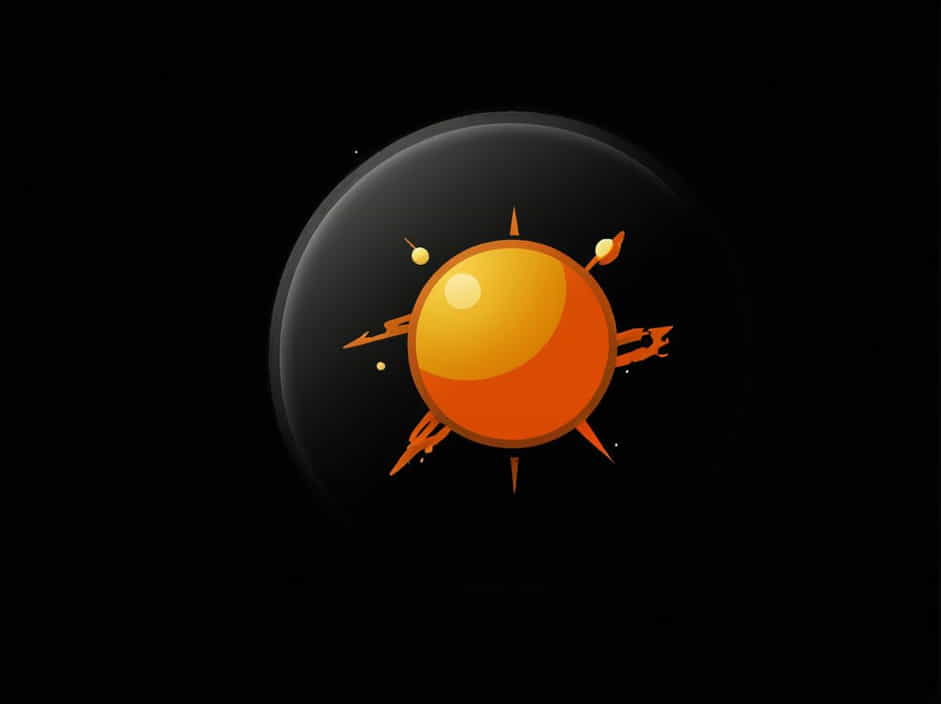Throughout our solar system, countless rocks orbit the Sun, moving through interplanetary space. These celestial objects range in size from tiny grains of dust to massive space rocks that could threaten Earth. Scientists classify these objects into three major types: asteroids, meteoroids, and comets.
Understanding these space rocks helps us learn about the formation of the solar system, potential threats to Earth, and the possibility of space mining. In this topic, we will explore the different types of space rocks, their characteristics, and their significance in space exploration.
Asteroids: The Main Belt Rocks
What Are Asteroids?
Asteroids are rocky bodies that orbit the Sun, mostly found in the Asteroid Belt between Mars and Jupiter. Unlike planets, they are too small to have a spherical shape or an atmosphere. Some asteroids have moons or travel in pairs, while others exist as loose piles of rubble.
Characteristics of Asteroids
- Size: Ranges from a few meters to hundreds of kilometers in diameter.
- Composition: Mostly rock and metal, some contain carbon-rich materials.
- Shape: Irregular due to weak gravity.
- Location: Most are in the Asteroid Belt, but some travel near Earth or beyond Neptune.
Famous Asteroids in Our Solar System
- Ceres – The largest asteroid and a dwarf planet in the Asteroid Belt.
- Vesta – One of the brightest asteroids visible from Earth.
- Eros – A near-Earth asteroid studied by NASA’s NEAR Shoemaker spacecraft.
- Apophis – A potentially hazardous asteroid with a chance of passing close to Earth.
Significance of Asteroids
- Remnants of the early solar system, providing clues about planetary formation.
- Potential resources for space mining, containing metals like iron, nickel, and platinum.
- Impact hazards, as some asteroids could collide with Earth in the future.
Meteoroids: Small Rocks Drifting in Space
What Are Meteoroids?
Meteoroids are small space rocks that break off from asteroids or comets. When they enter Earth’s atmosphere, they burn up due to friction, creating bright streaks of light known as meteors or “shooting stars.” If they survive the journey and land on Earth, they become meteorites.
Characteristics of Meteoroids
- Size: Smaller than asteroids, typically from a grain of sand to a few meters wide.
- Origin: Fragments from asteroids, comets, or even the Moon and Mars.
- Speed: Travels at thousands of kilometers per hour through space.
Types of Meteoroids and Meteorites
- Stony Meteorites – Made mostly of silicate minerals, the most common type.
- Iron Meteorites – Composed mostly of iron and nickel, very dense and heavy.
- Stony-Iron Meteorites – A mix of rock and metal, rare but scientifically valuable.
Famous Meteorite Impacts
- Chelyabinsk Meteor (2013): A large meteor exploded over Russia, damaging buildings.
- Tunguska Event (1908): A massive explosion flattened thousands of trees in Siberia.
- Chicxulub Crater (65 million years ago): The asteroid impact that led to the extinction of the dinosaurs.
Comets: Icy Visitors from the Outer Solar System
What Are Comets?
Comets are icy bodies that originate from the Kuiper Belt and the Oort Cloud, far beyond Neptune. When they approach the Sun, their ice vaporizes, creating a glowing coma (atmosphere) and a long tail that points away from the Sun.
Characteristics of Comets
- Composition: Ice, dust, and rock.
- Shape: Irregular, with a frozen nucleus.
- Tail Formation: The Sun’s radiation causes ice to evaporate, forming a glowing tail.
Famous Comets
- Halley’s Comet – The most famous comet, visible every 76 years.
- Comet Hale-Bopp – One of the brightest comets seen in the 20th century.
- Comet NEOWISE – A spectacular comet visible in 2020.
The Role of Comets in Space Science
- Water delivery hypothesis – Comets may have brought water to Earth.
- Organic compounds – They contain amino acids, essential for life.
- Potential impact threats – Large comets could cause catastrophic damage if they collide with planets.
Differences Between Asteroids, Meteoroids, and Comets
| Feature | Asteroids | Meteoroids | Comets |
|---|---|---|---|
| Size | Large (up to hundreds of km) | Small (dust to a few meters) | Varies (1-50 km) |
| Composition | Rock & metal | Rock & metal fragments | Ice, dust & rock |
| Orbit | Mostly in the Asteroid Belt | Spread throughout space | Long elliptical orbits |
| Appearance | No tail, irregular shape | Small, mostly invisible | Bright coma & tail when near the Sun |
Can These Space Rocks Threaten Earth?
Yes, some asteroids and meteoroids can pose a threat to Earth. Scientists track Near-Earth Objects (NEOs) to predict potential impacts. Space agencies like NASA and ESA are developing deflection strategies to prevent future collisions.
Defending Earth from Space Rocks
- Asteroid Deflection Missions: NASA’s DART mission tested asteroid redirection.
- Early Warning Systems: Observatories track NEOs to predict possible impacts.
- Impact Prevention Plans: Scientists explore nuclear detonation or gravity tractors to change an asteroid’s path.
Rocks orbiting the Sun in interplanetary space include asteroids, meteoroids, and comets, each with unique characteristics and significance. Asteroids are large, rocky remnants of the solar system’s formation. Meteoroids are smaller fragments, some of which create meteors and meteorites. Comets, made of ice and dust, provide insights into the origins of life and water in the solar system.
Understanding these celestial bodies is crucial for scientific research, space exploration, and planetary defense. As space agencies continue to study and monitor these objects, humanity moves closer to unlocking the secrets of our solar system and protecting Earth from potential space threats.
